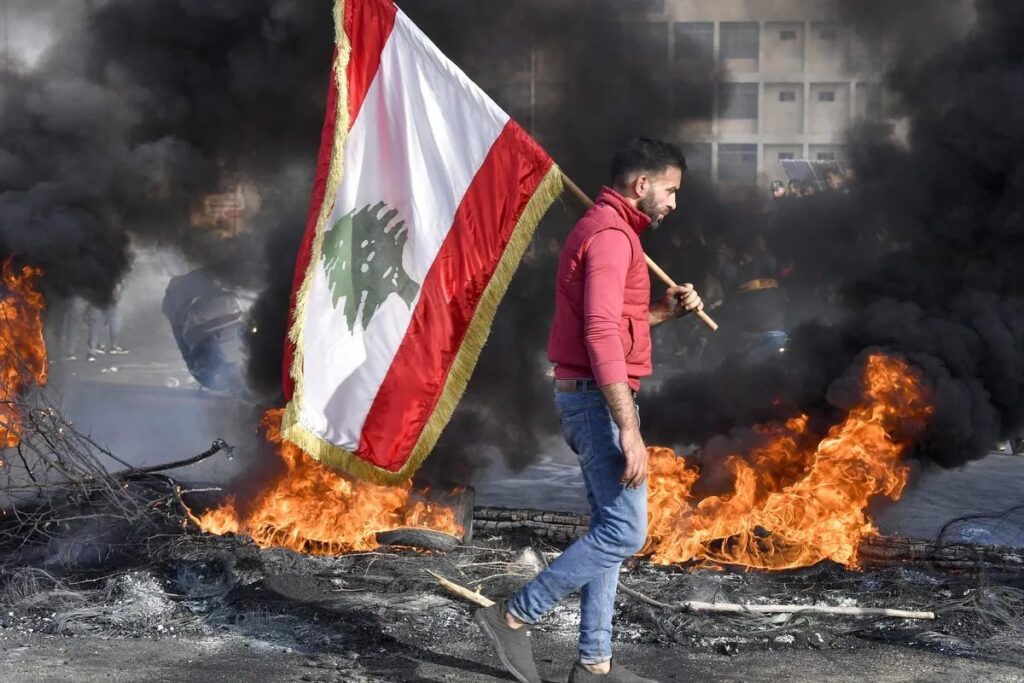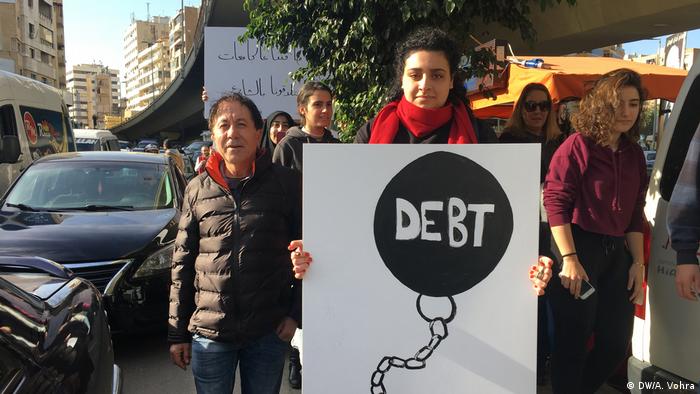
Lebanon is now facing unprecedented challenges both on the economic and political fronts. The foundations of Lebanon today were built 100 years ago. From a once thriving economy to a perpetual civil war, Lebanon has seen it all. Today, the country is in the midst of a serious political and economic crisis but how did Lebanon reach this point?
Recent History
As a result of heightened tensions between denominations, a civil war broke out in Lebanon in 1975. The civil war rallied a group of Christians against the Palestine Liberation Organization (PLO), Muslim militias, and a joint force of the left-wing Druze faction.
The Lebanese parliament was unable to elect a leader due to differences between Syrians, Muslims and Christians. As a result, at the Arab League Summit in May 1989, the Saudi-Morocco-Algeria Commission was established to resolve this dispute. On September 16, 1989, the Commission announced a peace plan that was accepted by all. Rest areas have been developed, airports and ports have been reopened, and refugees have returned. That same month, the Lebanese parliament agreed on a Taif Agreement that included a rough schedule for Syria’s withdrawal from Lebanon and a process for desectarianizing the country’s political system.
In the early 2000s, the political system in the county changed drastically. Israel also withdrew from Lebanon in 2000. The Cedar Revolution took place in 2005 and was triggered by the assassination of Prime Minister Lebanon Rafik Hariri in a car bomb explosion. It was believed that the attack was allegedly carried out by Syria. A series of demonstrations took place, all calling for the formation of an international committee to investigate the assassination of Lebanese leaders and troops by Syria.
Reasons for Economic Crisis

Since October of 2019, the Lebanese economy has been suffering from a severe financial crisis caused by a sudden stop in capital inflows. The Beirut port explosion in August 2020, caused by ammonium nitrate, was the culmination of a series of major events in Lebanon which had a significant effect on its economy, leading to a collapse. The Lebanese economy was running smoothly with high growth rates before the outbreak of the war. So why was the Lebanese economy unable to restart after the Civil War ended?
The simple answer to this question is that the consequences of the Lebanese War have had a very devastating impact on the Lebanese economy. Cumulative output and real income lost as a result of the war are estimated at approximately $ 24 billion. Meanwhile, the economy is suffering from a significant depletion of capital stock, and it is estimated that the total physical wealth destroyed during the war was about $ 25 billion. In addition, the war destroyed a lot of human capital, killing 131,000 people and migrating 500,000 Lebanese. The reconstruction of Lebanon officially began in 1992, when Rafik al-Harili became president of the Lebanese government.
The August 2020 Beirut Explosion of Ammonium Nitrate was the latest chapter in a series of major events in Lebanon and had a major impact on the recent economic collapse of Arab economies. It is clear how the Lebanese economy is suffering in the aftermath of the economic slowdown in the Gulf countries following falling oil prices. Similar to the effects of the Syrian crisis and political tensions in other regions. Lebanon has a debt of US $ 92 billion, about 170% of gross domestic product (GDP) according to rating agency S & P Global Ratings, which is one of the highest in the world.
Since the beginning of 2020, the balance of payments crisis has had a major impact on the local economy. Perhaps the most notable effect was the free fall of the Lebanese pound. The Lebanese pound maintained a stable exchange rate of around £ 1500 against the US dollar for almost 20 years. The Lebanese pound is recording big losses every day. On July 9, 2021, the exchange rate of the dollar against the Lebanese pound reached £ 19,400, but the official rate set by the Central Bank is still 1510 pounds.
What’s wrong with Lebanon’s politics?
Unlike many Arab countries, Lebanon is not dominated by one strong ruler but has a number of leaders and parties with sway over the country’s various sectarian groups. The political quotes are allocated among the 18 officially recognized sects while the Lebanese Parliament is half Christian and half Muslim. The quotas also mandate that while the prime minister must be a Sunni Muslim, the president should be a Maronite Christian and the post of the speaker of parliament goes to a Shiite.
“There are self-centered political elites who are not yet aware of the changing realities and the difficulties of the situation,” said Mohanad Hage Ali, a fellow at the Carnegie Middle East Center. “They want to focus on their interests in the system.” Lebanon’s fragmented politics is also vulnerable to foreign intervention that has long fueled the domestic political crisis. Since Syrian troops left in Lebanon in 2005, many of its political conflicts have reflected tensions between Iran, which backs the Shiite group Hezbollah, on the one hand, and U.S.-allied Gulf Arab states on the other. Hezbollah is heavily armed and designated a terrorist group by the United States.
As the protests have no leader and encapsulate a wide-range of demands, responding to them is not easy. In a move to placate them, government led by Prime Minister Najib Mikati offered a package of measures which was completely rejected by the protesters who demanded far more sweeping changes in administration and the political setup. This forced the ruling political leaders to hold closed-door discussions to find a lasting solution including formation of a new government.
